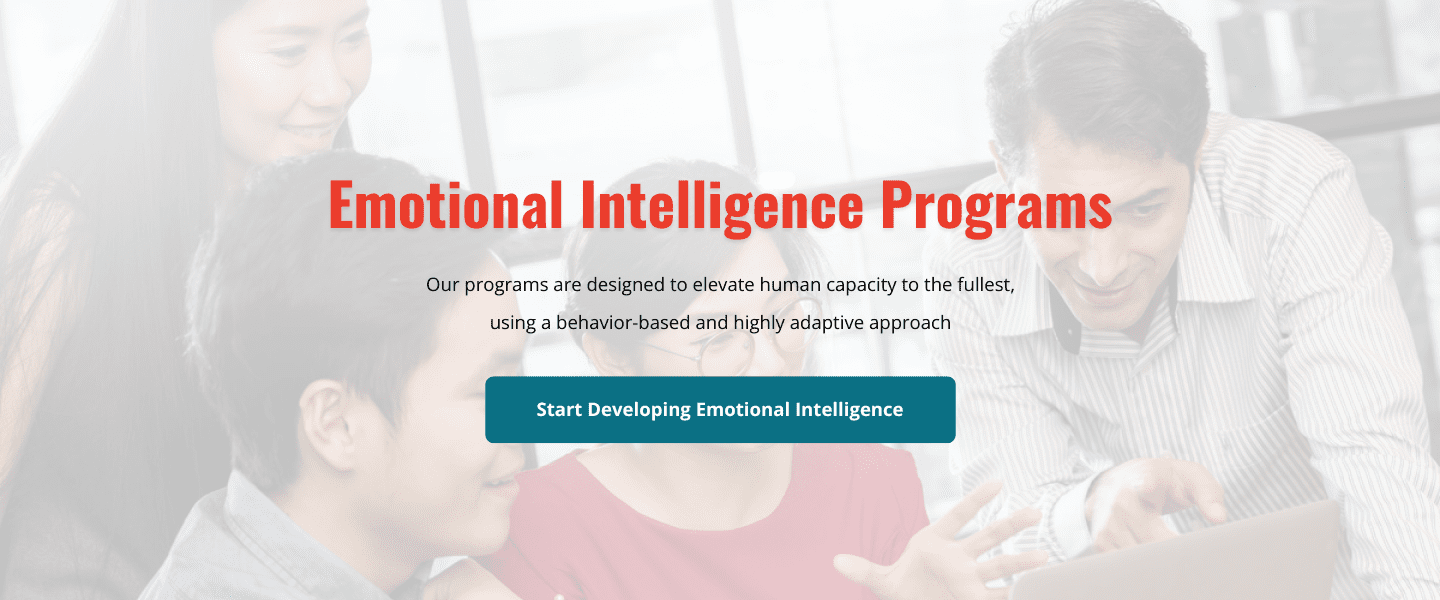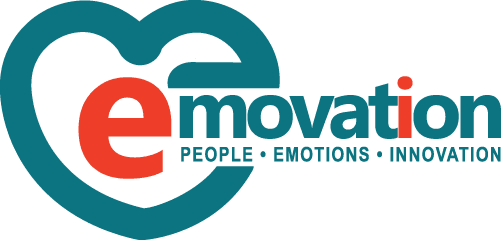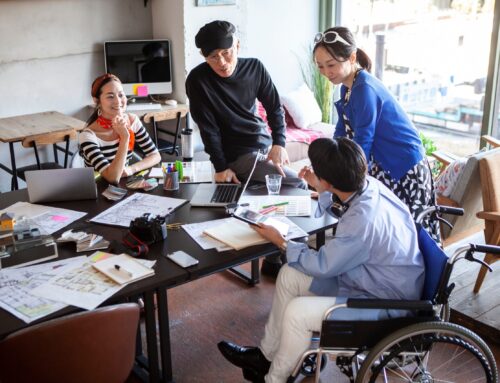Workplace conflict is inevitable, as it’s a core element of interactions within a group of diverse individuals. A study by the Society for Human Resource Management (SHRM) even shows that it’s an extremely common phenomenon:
- Almost two-thirds of employees in the United States (US) say they’ve experienced or witnessed incivility in their workplace in the past month.
- A third of them, meanwhile, believe workplace conflict will rise over the next year.
When left unchecked, it can chip away at trust and productivity, then give rise to a toxic environment. When managed effectively, however, it can become a catalyst for stronger team dynamics, which facilitates collaboration, innovation, and growth.
Due to this, tools that let you understand the nature of workplace conflict are critical, as they let you develop constructive and professional solutions.
To help you in that regard, we’ll walk you through the complexities of conflict in the workplace, such as its different types and warning signs. Then, at the end, we’ll show you practical instruments for handling them, whether they take place in an office or remote setting.
What is conflict in the workplace?
To put it simply, workplace conflict refers to the state of discord caused by an actual or perceived difference in needs, values, and interests among people working together.
It can stem from different variables, but it’s unavoidable, especially when you gather a diverse pool of talents, personalities, work styles, and values in one place.
Meanwhile, disputes can occur between individuals, within teams, or across departments, as they’re influenced by personal and organizational factors. Understanding their root causes, however, is the first step to effectively handling conflict at work.
Different types of workplace conflict
A clear comprehension of the various kinds of workplace conflict lets you identify the right strategies for resolving them. We’ll tackle them one by one to help you draw a clearer picture:
Workstyle conflict
Individuals typically have different approaches to completing their tasks. For instance, one may prefer a structured and methodical way of doing things, while one might thrive on flexibility and spontaneity.
Whatever the case, such differences can lead to misunderstandings and frustrations, especially when those involved can’t meet halfway about how assignments or projects should be pursued.
Leadership conflict
Differences in vision, direction, management styles, or decision-making processes can give rise to this type of conflict. These factors can result in disagreements or power struggles among leaders, or between them and their teams.
Behavioral conflict
49% of workplace conflicts stem from personality clashes and ego issues, making behavioral disputes an exceedingly common occurrence.
For instance, highly extroverted employees may not mesh well with their more introverted counterparts. The same applies to how someone detail-oriented might conflict with a big-picture thinker.
Cross-departmental conflict
Disagreements or competition between different departments in your organization can bring about this type of dispute.
They often arise due to misaligned goals and priorities, which cause 34% of workplace conflicts, or breakdowns in communication. Whatever the case, these variables greatly hinder cross-functional collaboration within your company.
Early signs of conflict in the workplace
The early detection of workplace conflict is essential for timely intervention and mitigation. To do that, watch out for these common symptoms:
Decline in employee productivity and well-being
Disputes can result in a toxic environment. The tensions that brew within such a workplace can distract your personnel, strongly impacting their productivity. 42% of workers, in fact, have said they intentionally lessened their work effort because of conflict.
Conflict can even prove burdensome to employee well-being, with 25% of them witnessing it lead to sickness or absence.
The formation of cliques
Forming friendly relationships within teams can promote healthy workplace dynamics. There are instances, however, where such connections can take a counterproductive turn.
When your employees start forming exclusive groups, it can indicate divisiveness and underlying friction. These cliques, meanwhile, can promote an “us vs. them” mentality, which further exacerbates the problem.
Behavioral changes
When left unchecked, conflicts can negatively impact your company’s culture. This, in turn, can influence your employees’ behaviors as well.
Changes such as an increase in absenteeism, consistent irritability, or outright withdrawal can signal the existence of workplace disputes. These often indicate stress and dissatisfaction as well.
Frequent arguments
Squabbles between employees are the most visible indicators of conflict in the workplace. Their escalation into arguments, however, is a tell-tale sign of problems that may have taken root at an earlier point in time. Such difficult workplace scenarios require swift intervention.
Tension during meetings
Proper conflict resolution will always involve face-to-face meetings, as the involved parties will need to sort out their differences.
Those left with lingering disagreements, however, clearly indicate deeper issues. When team members, for example, interrupt each other, avoid eye contact, or fail to contribute, it’s time to act quickly.
Loss of trust
Trust is the foundation of good team dynamics. Once it breaks down, it requires more drastic efforts, as it takes a lot of time and effort to mend. When your employees no longer want to work with each other, communication and collaboration suffer as well.
Tools to handle workplace conflict
Once you’ve identified any signs of friction, managing and resolving them comes next. To effectively do this, you’ll need instruments designed to understand an individual’s triggers, then provide constructive and professional solutions.
To give you a better idea, here are some proven methods that address workplace conflict, whether it be in an office or remote setting:
Emotional intelligence training
Emotional intelligence (EI) is a skill that helps people recognize and manage their own emotions, as well as that of others. It considers how you:
- Stir up and resolve conflicts
- Handle hardships
- Manage your moods, as well as others’
- Take criticism
Meanwhile, training your employees in EI improves skills such as communication and empathy, which strongly contribute to productive conflict resolution. It creates a mentally healthy workplace as well!


Emovation offers such EI programs, as we aim to elevate your leaders and employees, allowing them to master skills that promote an engaging, mindful, resilient, and empathetic workplace. If you want to see our programs in action, talk to us today!
DISC Flow Assessments


People Dynamics’ DISC Flow® Assessment provides insights into an individual’s behaviors and how they interact with others. It provides various supplementary reports tailored to our client’s needs as well.
By understanding such aspects, you can facilitate their personal development and promote better workplace dynamics, as they also let teams make appropriate adjustments to their communication and work styles. Reach out if you want to learn more!
Employee and leadership development


Profiles Asia Pacific’s Managerial Fit™ assesses the compatibility between your managers and their employees. It helps gain a better understanding of workplace dynamics by measuring seven characteristics that are critical to it:
- Self-assurance
- Self-reliance
- Conformity
- Optimism
- Decisiveness
- Objectivity
- Approach to learning
By maximizing this tool, you can highlight potential areas of conflict and provide strategies for better alignment between your managers and their subordinates.
Performance management


As we mentioned, conflict can impact employee productivity. PAP, however, also offers performance management solutions that counter this.
They establish clear expectations and provide regular feedback, allowing you to proactively address any issues and prevent conflicts from escalating. If you’re looking to maximize what we offer, simply get in touch!
Workplace conflict management
Conflict management programs arm employees and managers with the skills, competencies, and strategies they need to resolve workplace disputes constructively. These programs often involve training or workshops for proficiencies such as mediation and communication.
Wrapping up—Improve team dynamics and workplace productivity by utilizing conflict resolution tools
To create a healthy, productive, and collaborative environment, mastering workplace conflict is essential. By understanding its different types and early warning signs, you can make timely interventions and prevent disputes from escalating.
However, maximizing specialized tools like EI training, among others, lets you take conflict resolution to another level.
By doing so, you equip your leaders and employees with the skills and knowledge they need to not only resolve their differences productively but also strengthen team dynamics and overall organizational performance.






Leave A Comment